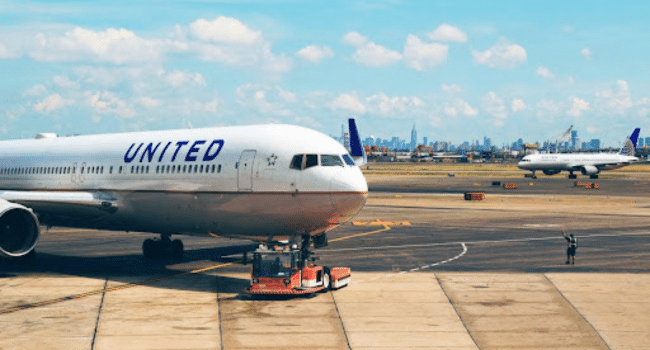Table of Contents
Every component of an airplane must be carefully considered to ensure safety and maximum performance. The choice of tires is perhaps one of the most important yet sometimes disregarded components. The tires of an aircraft are essential to takeoffs, landings, and ground operations. To guarantee a safe and comfortable flight, pilots must carefully choose the appropriate tires.
1. Understanding Load Ratings: Bearing The Weight Of Responsibility
Understanding load ratings thoroughly is the first step in selecting the appropriate tires. Massive loads are applied to aircraft tires during takeoff, landing, and taxiing. The maximum weight that a tire can securely hold is indicated by its load rating. Pilots must choose tires with load ratings higher than the maximum takeoff weight (MTOW) of their aircraft. The weight distribution of each aircraft varies. Therefore, it’s crucial to know how much weight each tire is carrying while making your choice. Manufacturers of aircraft provide comprehensive data about load capabilities and tire alternatives.
2. Tread Patterns: Tackling The Runway Challenge
An aircraft tire’s tread design has a significant impact on how well it performs on various surfaces. Runways can be concrete, asphalt, or unpaved airstrips. Considering the unique requirements of this terrain, tread patterns are engineered to maximize traction, braking, and steering performance. Tires with grooved tread patterns are typical on asphalt runways and provide effective water evacuation in rainy weather. On the other side, to manage uneven ground and debris, tires on unpaved runways need to have more aggressive and strong tread patterns.
3. Temperature Considerations: Handling The Heat
Aircraft tires are subjected to extreme temperature variations during flights. These tires have to be able to tolerate a broad variety of temperatures, from the chilly heights of cruise altitude to the strong heat created during landing. Selecting a high-quality tire, like Michelin Aircraft Tires, becomes essential to guaranteeing top performance in these circumstances.
4. Speed Ratings: Racing Against The Forces
Significant forces are applied to aircraft tires, particularly during takeoff and landing when the aircraft is traveling at high speeds. The highest speed at which tires can be used safely is indicated by their speed rating. Pilots must make sure that the tires they choose not only match the anticipated operating speeds of their aircraft but also provide a safety margin to handle unforeseen circumstances or crises. Think about how tire speeds on an airplane can change depending on where you are in the aircraft.
5. Durability And Wear Characteristics: Prolonging Tread Life
Tires on aircraft experience a great deal of wear and tear, particularly during the high-stress takeoff and landing stages. To maximize lifetime and reduce maintenance costs, pilots need to take into account the wear characteristics and durability of tires. Advanced materials and strengthened sidewalls provide tires with increased durability, preventing damage from flying debris and foreign objects on runways. Planning maintenance schedules and tire replacements requires an understanding of the projected tread life of tires. When evaluating tire wear characteristics, take into account variables such as runway conditions, landing frequency, and kind of activities.
6. Compatibility With Landing Gear: Fitting The Puzzle Pieces
When choosing the right tires for your aircraft, it’s important to take the landing gear compatibility into account. The landing gear layouts of various aircraft types vary, and the tires need to work in unison with these systems. The selected tires’ size, inflation pressures, and overall dimensions need to match the requirements provided by the aircraft’s manufacturer. More than just fitting, compatibility also refers to how tires and landing gear work together throughout different stages of flight. Selecting tires that enhance the landing gear’s engineering and design is essential for pilots to maximize the aircraft’s overall performance and safety.
Conclusion
When selecting the ideal tires for an aircraft, careful attention must be given to load ratings, tread patterns, temperature concerns, speed ratings, durability, and landing gear compatibility. The overall safety, effectiveness, and dependability of an aircraft’s landing gear system are influenced by each of these variables. When you begin the task of choosing tires for your aircraft, remember that this is an important decision that affects every takeoff, landing, and taxiing operation. Having the proper tires under your wings is the first step towards safe flight.
Read more on KulFiy
Cheap International Flights ✈️ #1 Cheap Flight Booking Site
